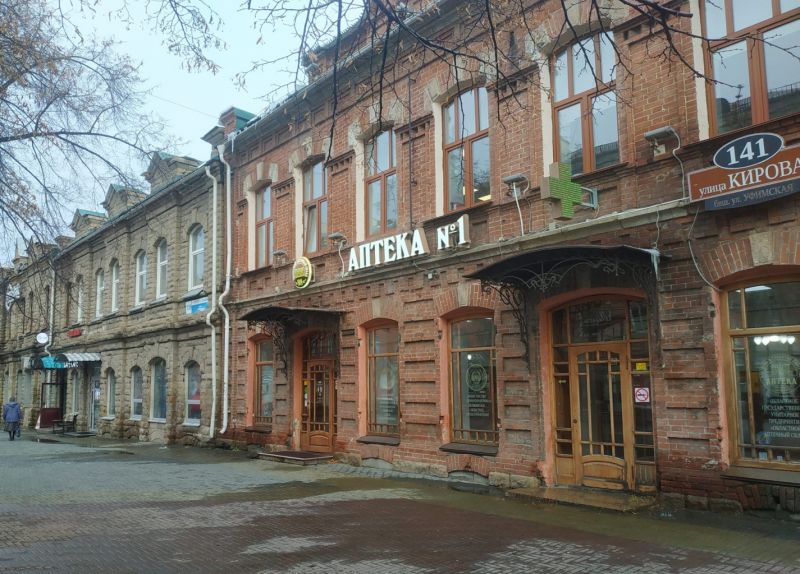Chelyabinsk, the capital of the Southern Urals, is a city with a million-plus population (at the moment, it is about 1.2 mn people) but it is practically not represented as a popular route on the tourism map of Russia. However, the EcoTourismExpert’s correspondent visited this city and realized that even during a short visit, there are definitely many attractions to see.
Chelyabinsk is not only a place where the Ural area meets Siberia. It is also a city where girls are proud of their trout pouts and wear too tight leather trousers weakly resisting the pressure of their ample curves. And if the trout pouts are out-of-trend in Moscow, as for the leather trousers, they are still in fashion in the capital of the Southern Urals.
By the way, it is very interesting that all sights of the ‘10 Best Attractions’ format ignore the fact that it is through Chelyabinsk that the fault line passes, which geologically divides the large Eurasia continent into Europe and Asia, and geographically - into the Urals and Siberia. On the Internet, practically no mention is made of the fact that this place is marked by a small monument located on Lenin Avenue, opposite house 24. From this place, you can see the panoramic wheel (there are three of them in the city) and the blue tower of the Grand Hotel Vidgof that is considered one of the most comfortable hotels if not the newest one in the city.
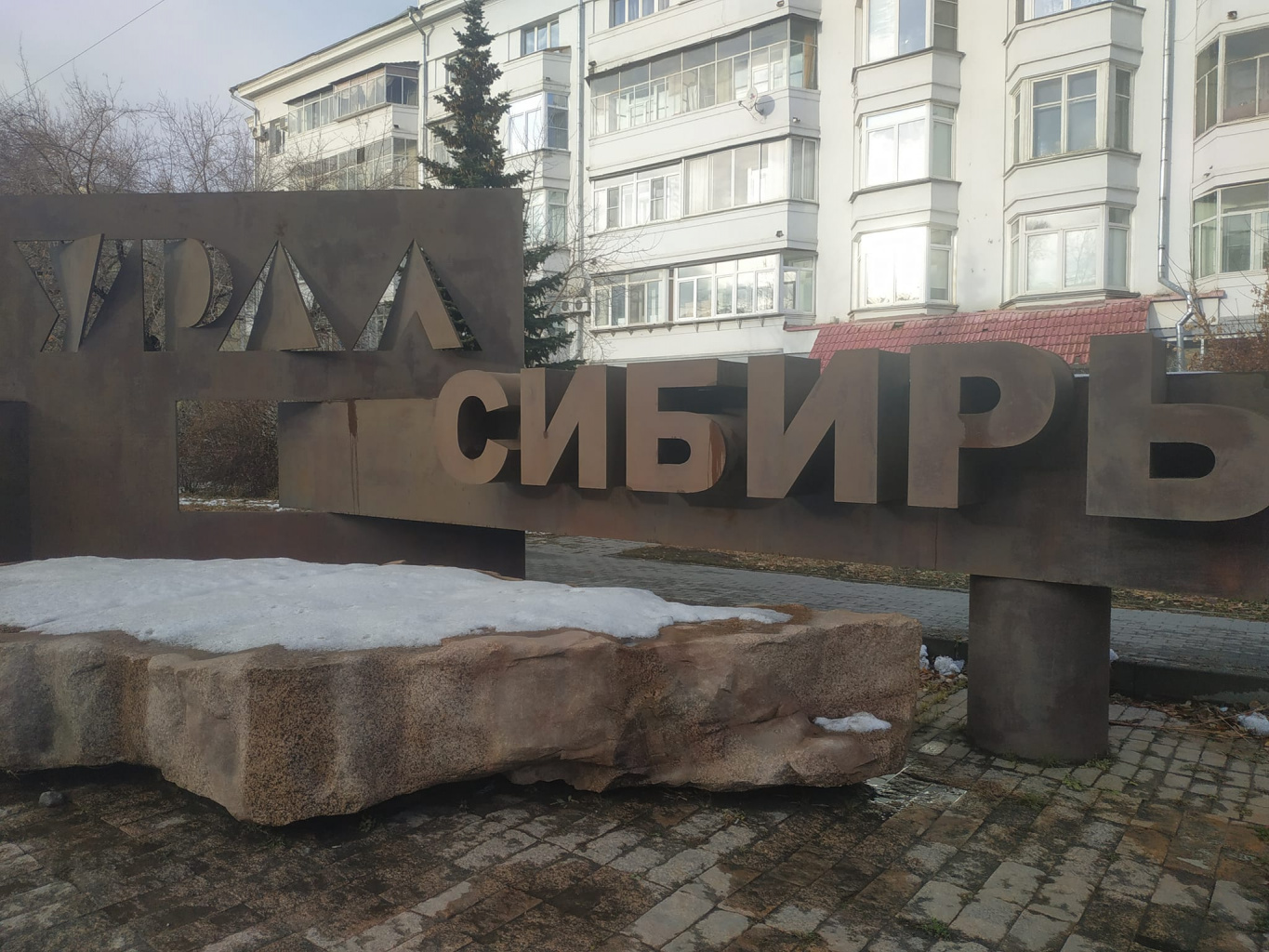
Going further, we get to the place where the cultural life of the Southern Urals’ capital is concentrated. The tourists have several options to get to the pedestrian Kirov Street, including by taxi (it costs about 70 roubles), or on foot (two-kilometre walk takes you about 25-30 minutes).
Lenin Avenue is one of the most iconic city promenades (in Russia, a street, lane or avenue named after the leader of the 1917 Russian revolution is practically in every town or a village).

The thing is that there are no buildings along the entire highway built before the 1917 revolution as many houses were built in the Soviet days and their style is a rather monumental one, including the Stalinist Empire style or the Soviet monumental classicism. The sidewalks are sometimes so wide that they look like real walking areas over ten metres wide. And sometimes, there are too many stores per one building.
By the way, in terms of architecture, the city is really not very beautiful, this is recognized by the locals themselves. The reason is that many old houses were demolished and other dwelling houses were built for the workers of numerous factories located in the city.
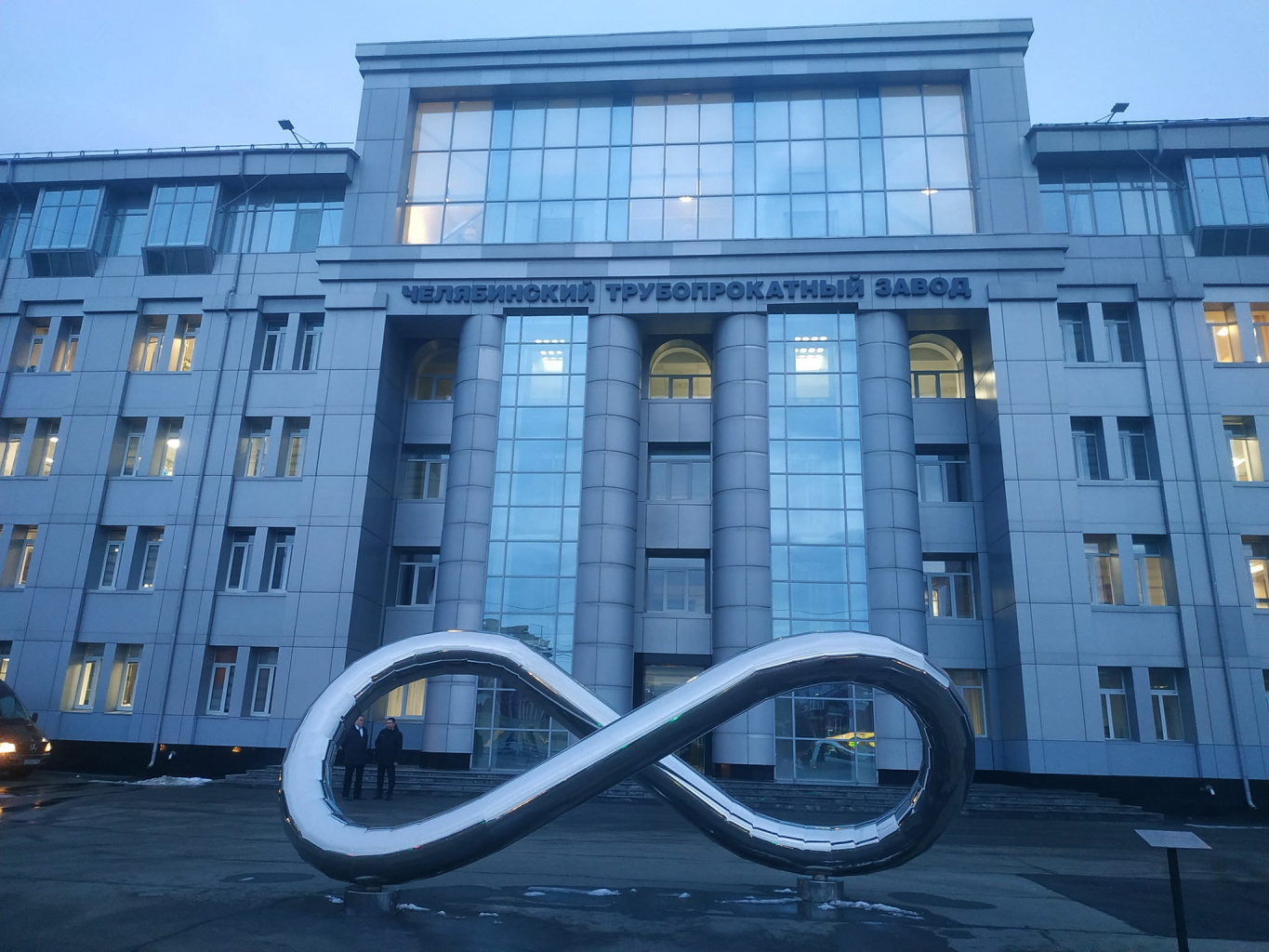
It is this fact that predetermined the specific smell of Chelyabinsk (by the way, about forty enterprises are currently located in the city). Sometimes, it seems that you are in a factory workshop due to the strong smell of overheated metal familiar to every welder. However, over the past two years, the city’s environment has become better. As the local people say, this is due to ‘all sorts of filters’ installed at the factories to decrease pollution. And 3-4 years ago, the smell in the city was ‘just like in a workshop’.
By the way, as for the locals, there are not so many of them in the city. The most numerous population influx to the city was during the Great Patriotic War when many industrial enterprises were moved to the Ural area from the central regions of the country, as well as to the cities beyond the Urals. The locals in Cheyabinsk are the Bashkirs, hence, the ‘Chelyaba’ means a ‘pit’ in Bashkir.
Looking at the façades and shop windows, we come to the Revolution square with the monument to Lenin. But the square itself is of little interest to an ordinary traveller, most tourists go directly to ‘Kirovka’, a 1.5-kilometres long pedestrian Kirov Street, leading to the long Miass River embankment.
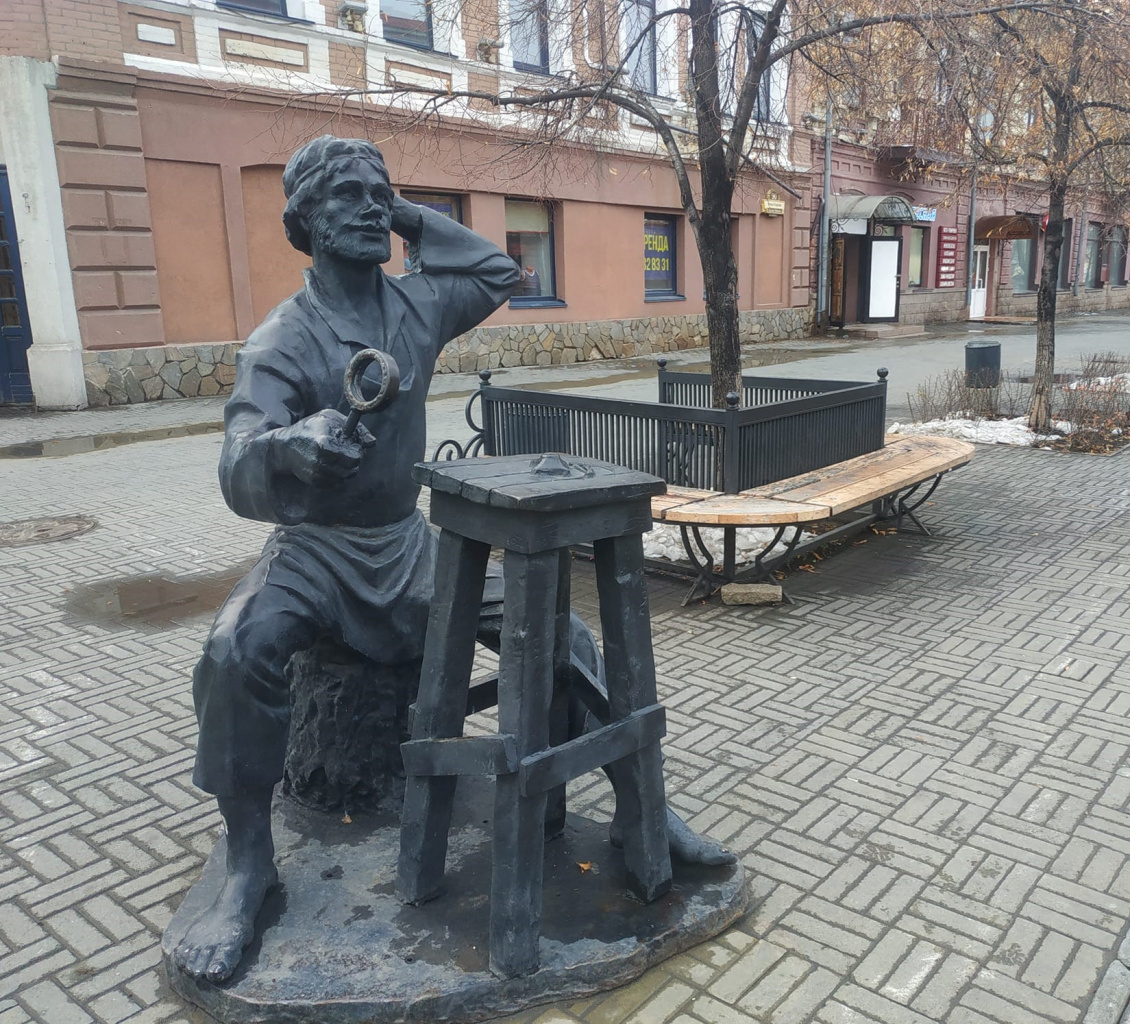
This is a real historical centre formed, if I may say, in the semi-industrial eclecticism style when nice old two-storied houses built before the 1917 revolution coexist well with modern glass skyscrapers.
The Kirov Street begins with a symbolic arch decorated with the coat of arms of the city of Chelyabinsk - a camel against the background of a stone wall. The camel, by the way, appeared on the coat of arms not by chance. The fortress, and later the city, was built on the site of the Great Silk Road. Caravans and nomadic Turkic tribes used camels for transportation, as they were the fittest and physically strong animals. Therefore, local authorities paid tribute to this animal and placed it on the emblem and the flag.
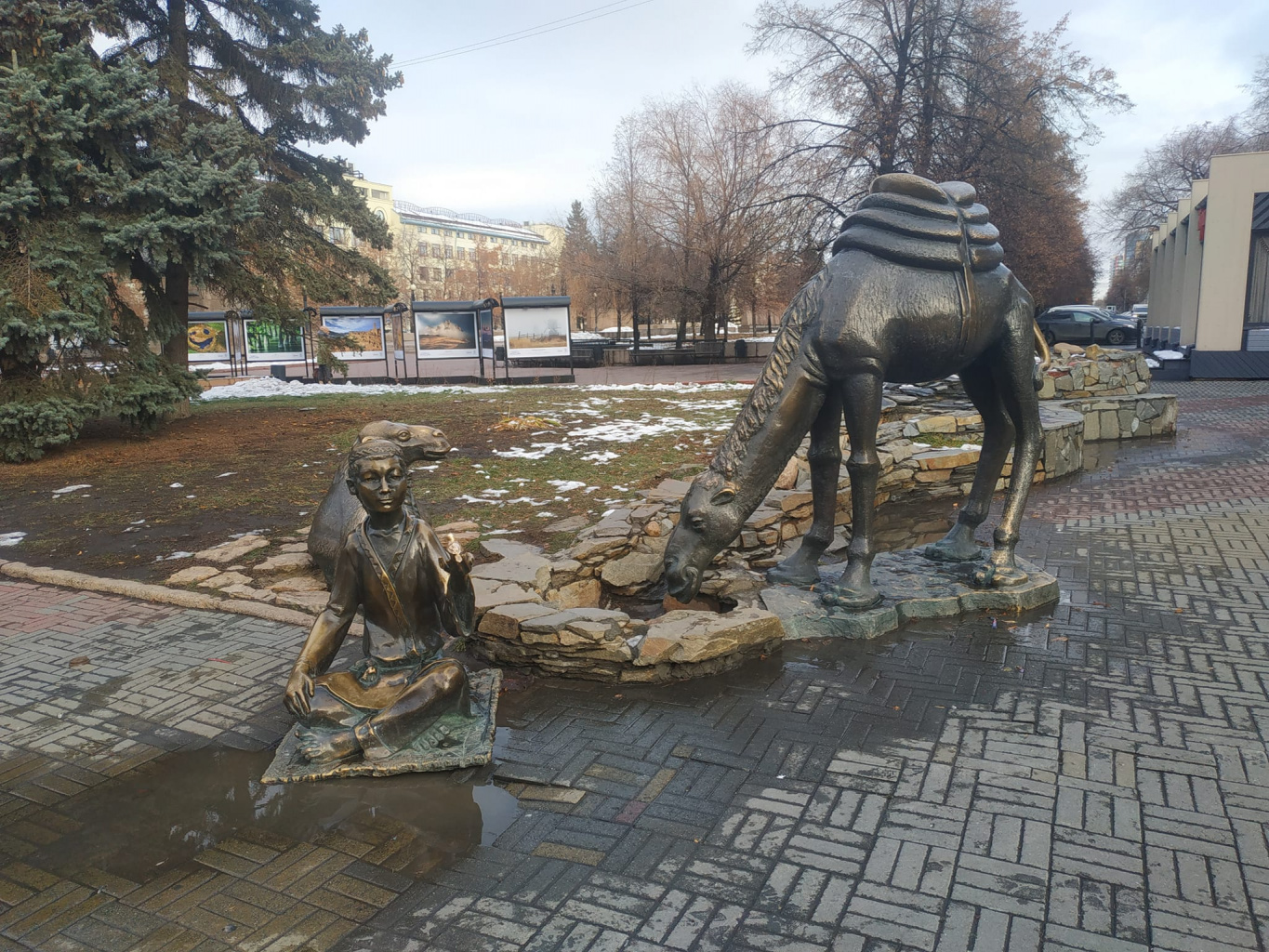
However, the sights of Kirov Street are not limited to the coat of arms with a camel. Almost two dozen sculptures of different genres have been installed along the street, many of them have their peculiar superstitious belief. So, it is believed that if you take the Woman of Fashion by her hand and look in the mirror together with her, you will be lucky. And local media is fond of accompanying the news on finance and economy with the picture of the Poor Man sculpture. If those tourists who are not journalists throw a few coins or a couple of banknotes into his cap and pat him on his head, their most cherished wishes will come true.
Chelyabinsk is an industrial city and it would be unwise for the local authorities not to organize excursions in the modern format of industrial tourism. Such travellers can take an excursion to the famous Chelyabinsk Pipe Rolling Plant where visitors can get some idea about the technologies of manufacturing pipes used, for example, for the construction of modern oil and gas pipelines.
Once in the workshop, the first thing that surprises you is that it’s very clean. “We follow the principle of ‘white metallurgy’, thanks to which even the most seemingly ‘dirty’ production process room is spotless,” says the guide.
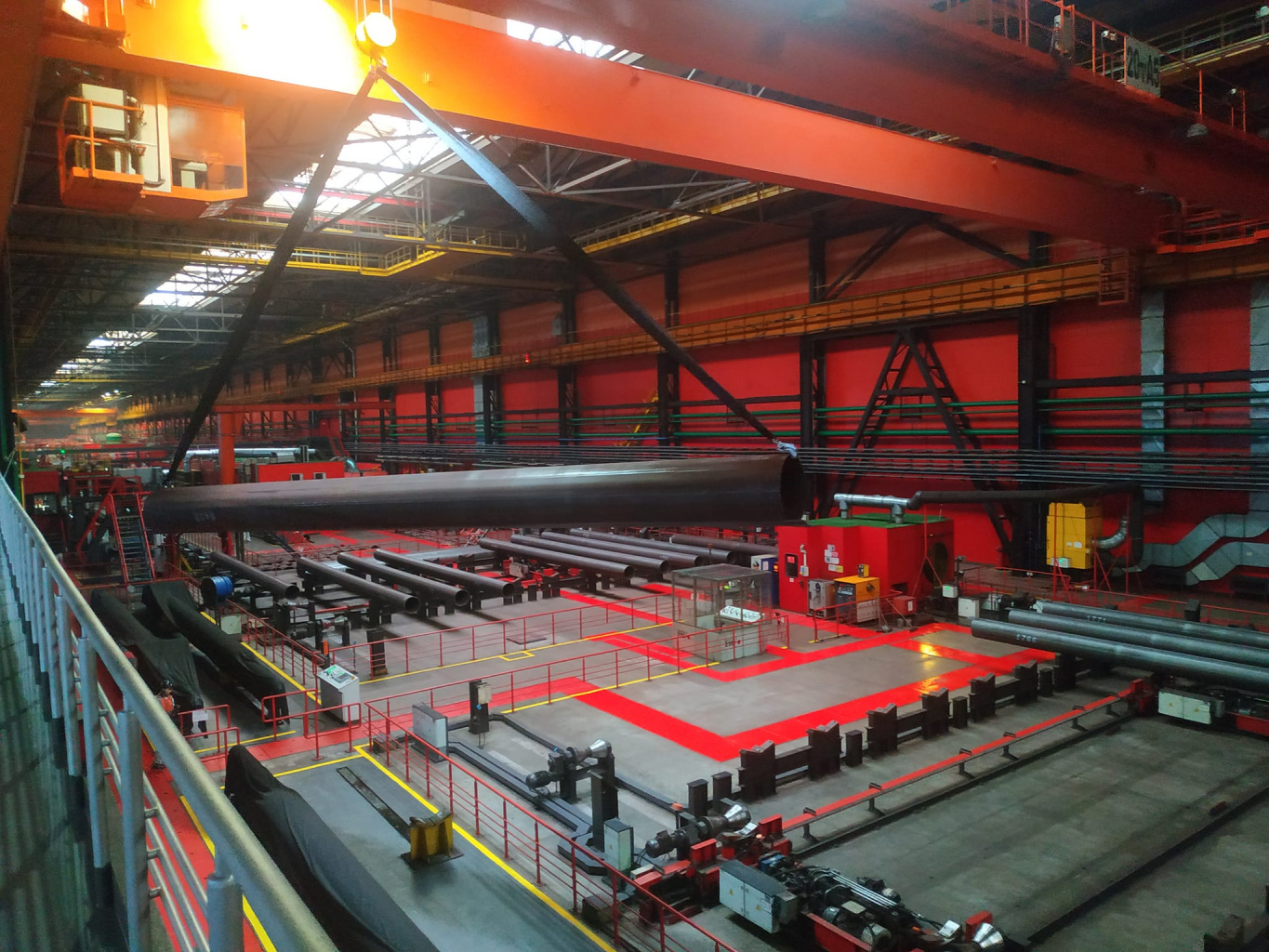
And really, the plant is fantastically clean. And one more thing is a mandatory safety briefing in the form of the ‘Supermario’ game hold in an unexpected, humorous way. While in the workshop, please do not touch the pipe workpieces with your hands as they can be very hot.
The world here is slightly different than in the places where most of the city’s visitors come from. So, the Russian rogue songs on the minibuses’ radio sets seem quite natural here. But this is also Russia. And by the way, on such trips, it often seems that this city is true Russia.

